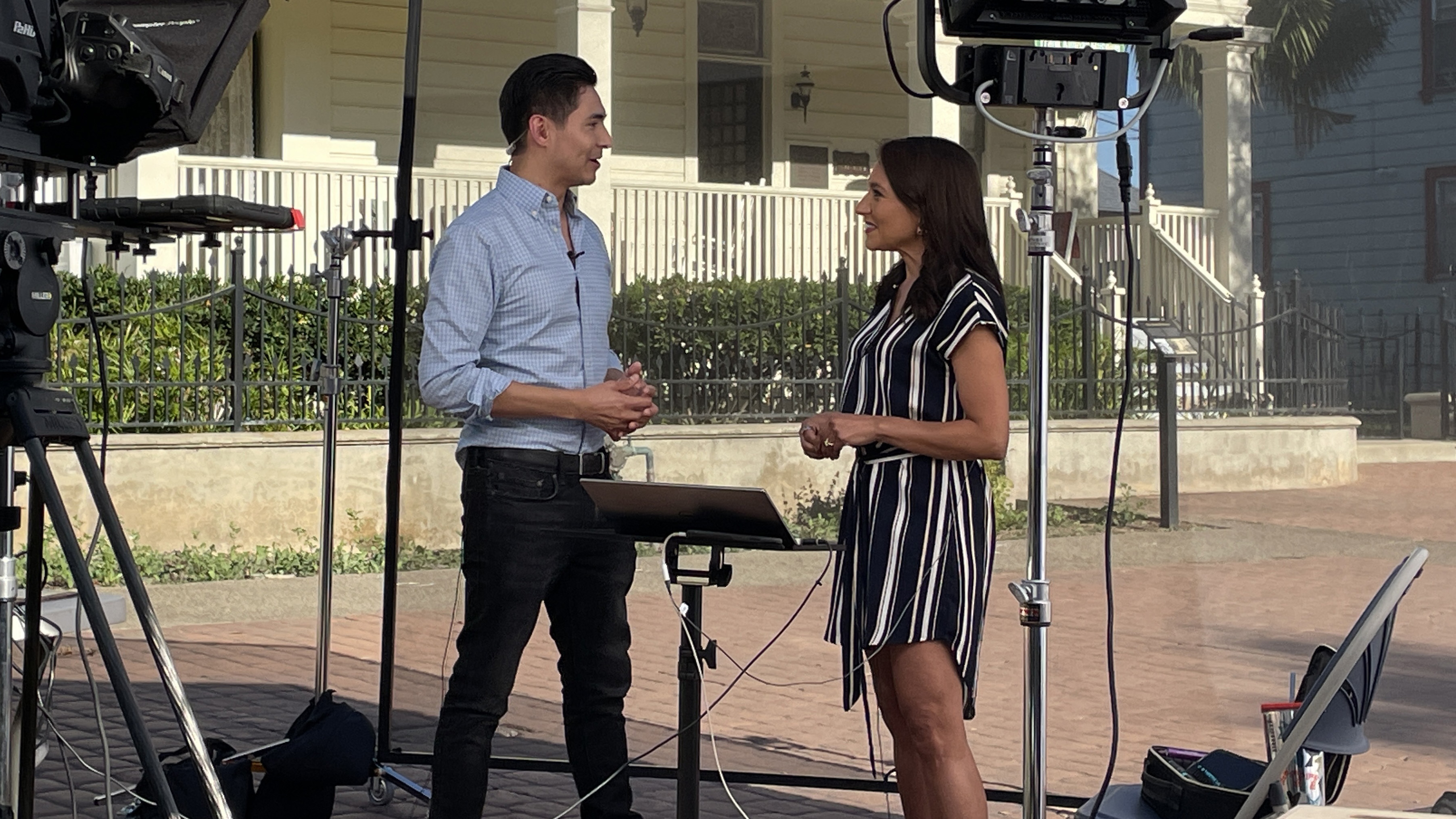You know the San Diego Zoo and San Diego Zoo Safari Park, but what about the Frozen Zoo? A decades-long conservation effort that could help thousands of wildlife species is happening in our backyard.
At the San Diego Zoo Safari Park, people worldwide come to get a front-row seat to wildlife. One could imagine, it must be hard work to care for these wild animals. Sometimes, the hardest work you never see is happening steps away. In this case, it’s at the Frozen Zoo at the Beckman Center for Conservation Research.
”This lab is so important to the conservation of species,” Marlys Houck, the curator of the Frozen Zoo said Thursday.
“Many of the animals, most of them, have died and when they die – 24 hours or 48 hours later we can collect these living samples and bank them,” Houck said.
Get San Diego local news, weather forecasts, sports and lifestyle stories to your inbox. Sign up for NBC San Diego newsletters.
More than 1,200 species and 11,000 cell lines live in nitrogen-filled cryo-tanks. Houck demonstrated their removal and told NBC7 that these cells have to be kept at -327 degrees Fahrenheit. Maintaining that temperature is crucial to determine their future.
“They’re living cells so they can be used for all kinds of genetic rescue including cloning, we can study the genome, we can study the chromosome, but they can also be turned into stem cells,” Houck said.
Houck says that through this work, hopefully, some human-induced damage done to the most vulnerable species can be undone.
Local
”There’s a lot of habitat loss for these individuals, there’s some poaching, rhinos are poached for their horns.” Houck said.
Not only the potential, but the possibilities of these cells recently made headlines. You may recall, that in September the Safari Park welcomed Ollie, a foal that is the world’s second successfully cloned Przewalski horse. Houck told NBC 7 that cells from the Frozen Zoo were used in that process.
Today, the bank of cells that began in 1975 is only getting bigger. The San Diego Wildlife announced that a major milestone was recently achieved when the 11,000th cell was added to the Frozen Zoo.
“The 11,000th animals we banked happens to be a blue-eyed black lemur,” Houck said.
Even when we’re gone, they’ll still be here.
“The samples will be here forever indefinitely if we do our job right and keep them frozen,” Houck said.
An effort that was founded nearly 50 years ago by Dr. Kurt Benirschke, his legacy continues to live on today.
“What we’re doing every day contributes to conservation now and we don’t even know in the future because these cells will be here 50, 100 years after we’re gone,” Houck said.



